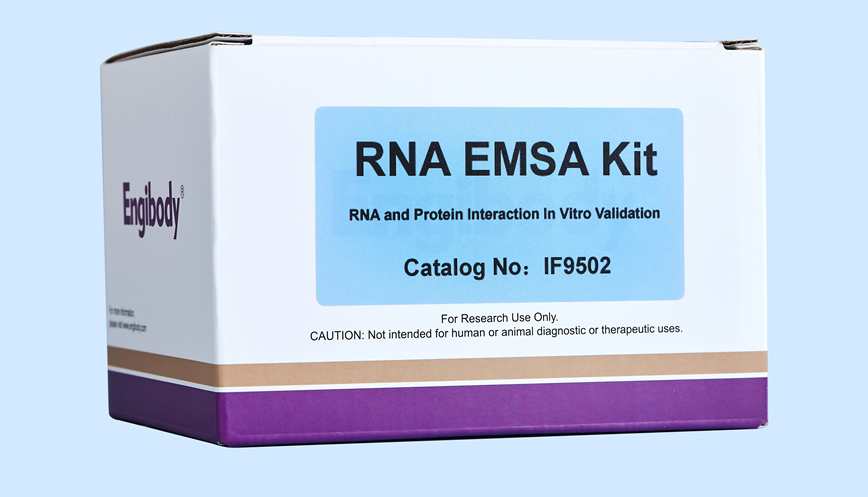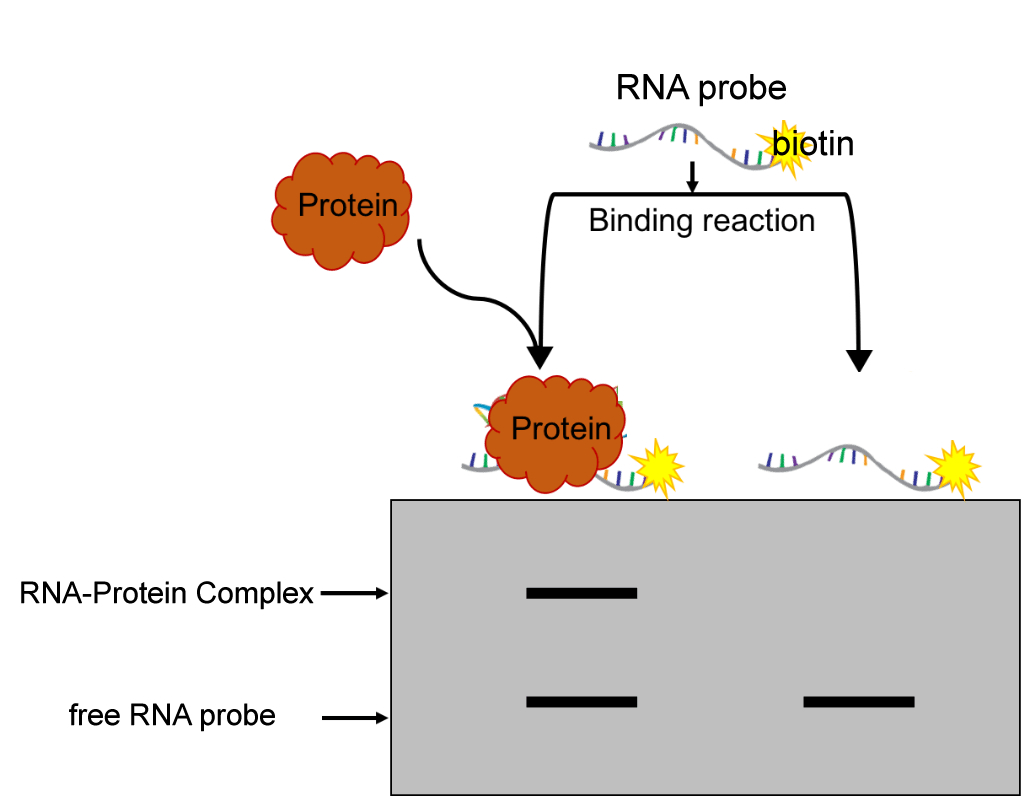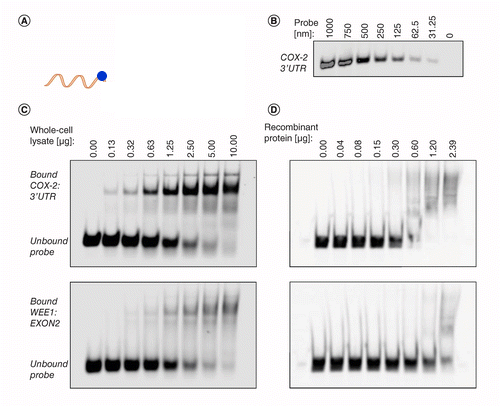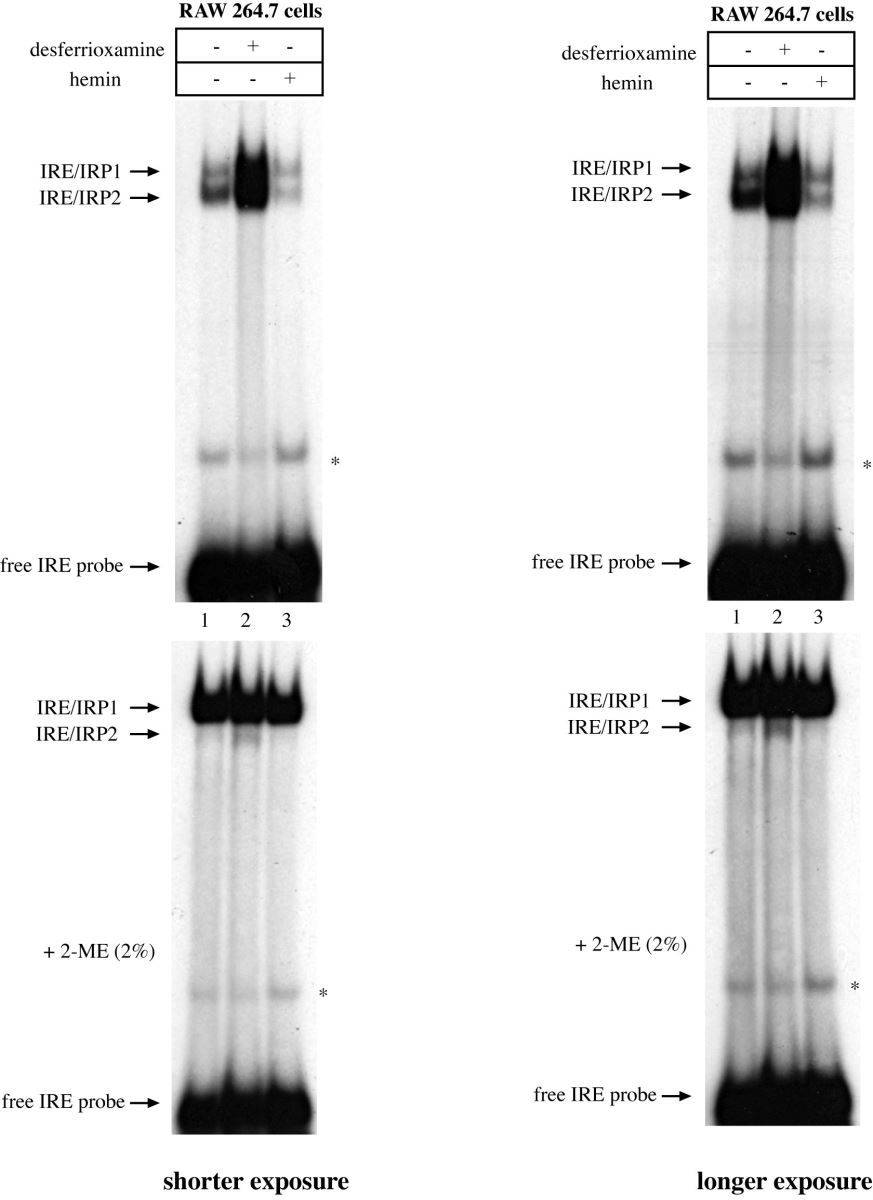95% of the human genome does not actually encode proteins, but produces a large number of non coding RNAs. These RNAs play an important role in regulating the growth and development of life, are closely related to AIDS virus/AIDS, leukemia, diabetes and other diseases, and participate in the regulation of stem cell development and epigenetics. RNA protein complexes drive post transcriptional regulation of gene expression in almost all cellular processes, including splicing, nuclear output, mRNA stability, and protein translation. Therefore, the understanding of post transcriptional regulatory networks and mechanisms depends on identifying changes in RNA binding during these processes.
RNA binding proteins control many aspects of cell biology by binding to single stranded RNA binding motifs (RBMs). However, RBM can be hidden within its local RNA structure, thereby inhibiting RNA protein interactions.
The study of the interaction between RNA and protein is receiving increasing attention from scientists and has become a hot topic in epigenetic research.
The current hotspots in RNA research are mainly mRNA LncRNA?miRNA?circRNA.
RNA-EMSA (RNA Electrophoretic Mobility Shift Assay), gel migration experiment, also known as gel block experiment or electrophoretic mobility change experiment, is based on the principle that RNA binding proteins (RBPs) protein RNA probe complexes move more slowly than free probes in polyacrylamide gel electrophoresis. It is a technique used to detect the interaction between RNA binding proteins (RBPs) protein and RNA fragments in vitro by In Vitro.



